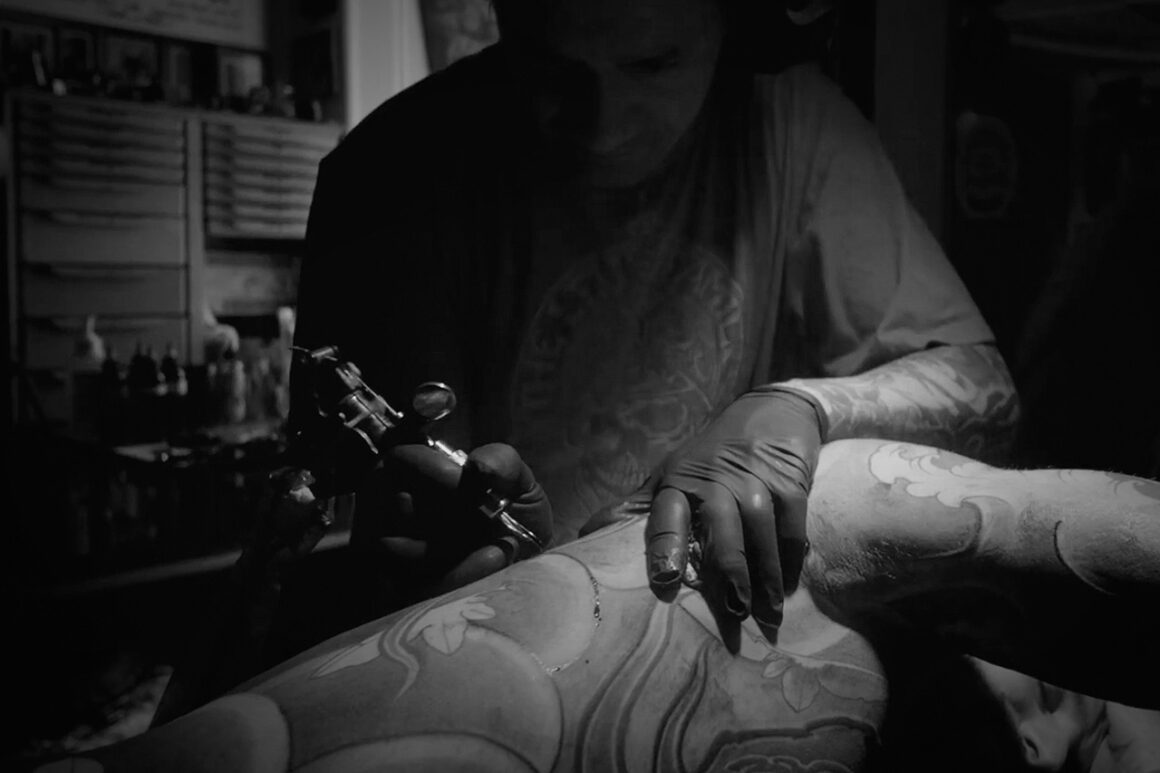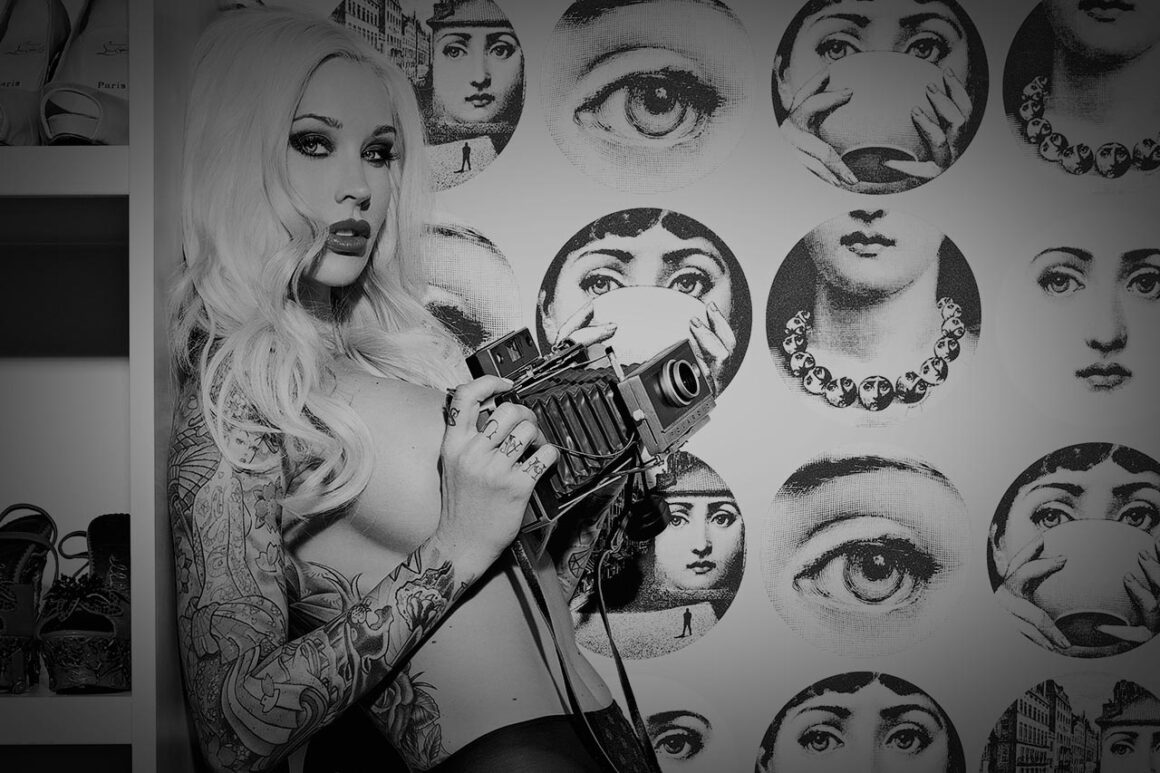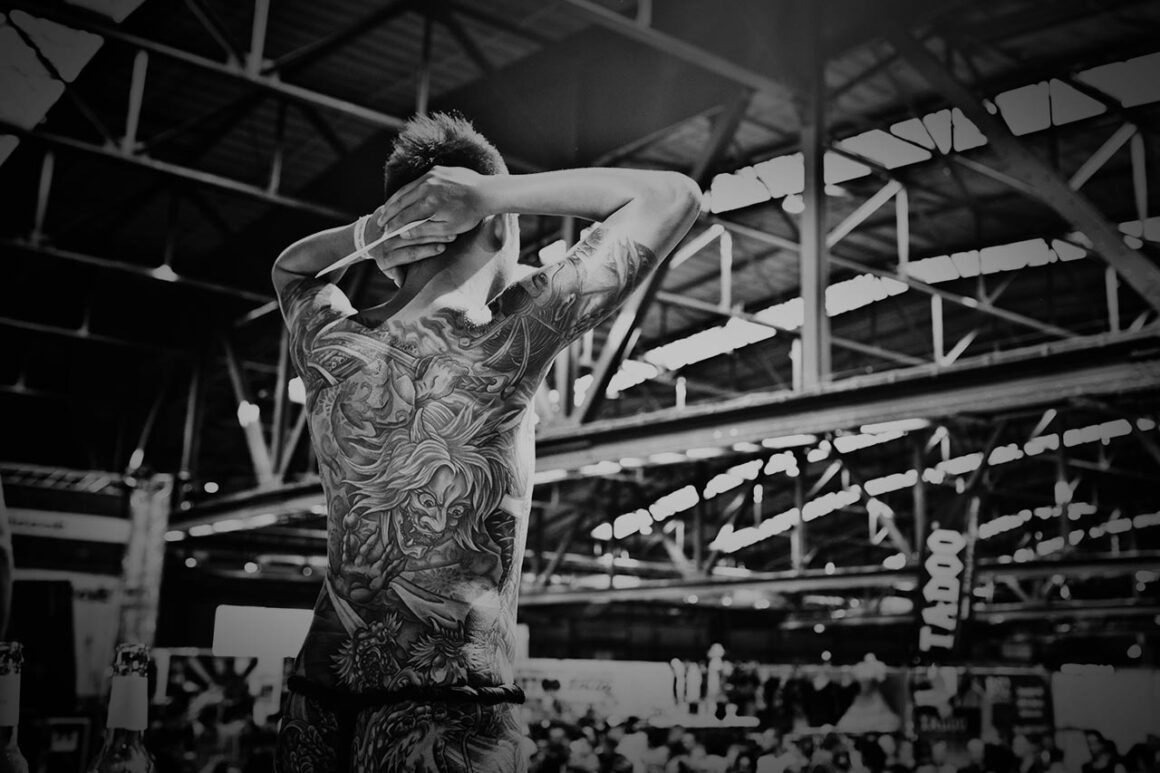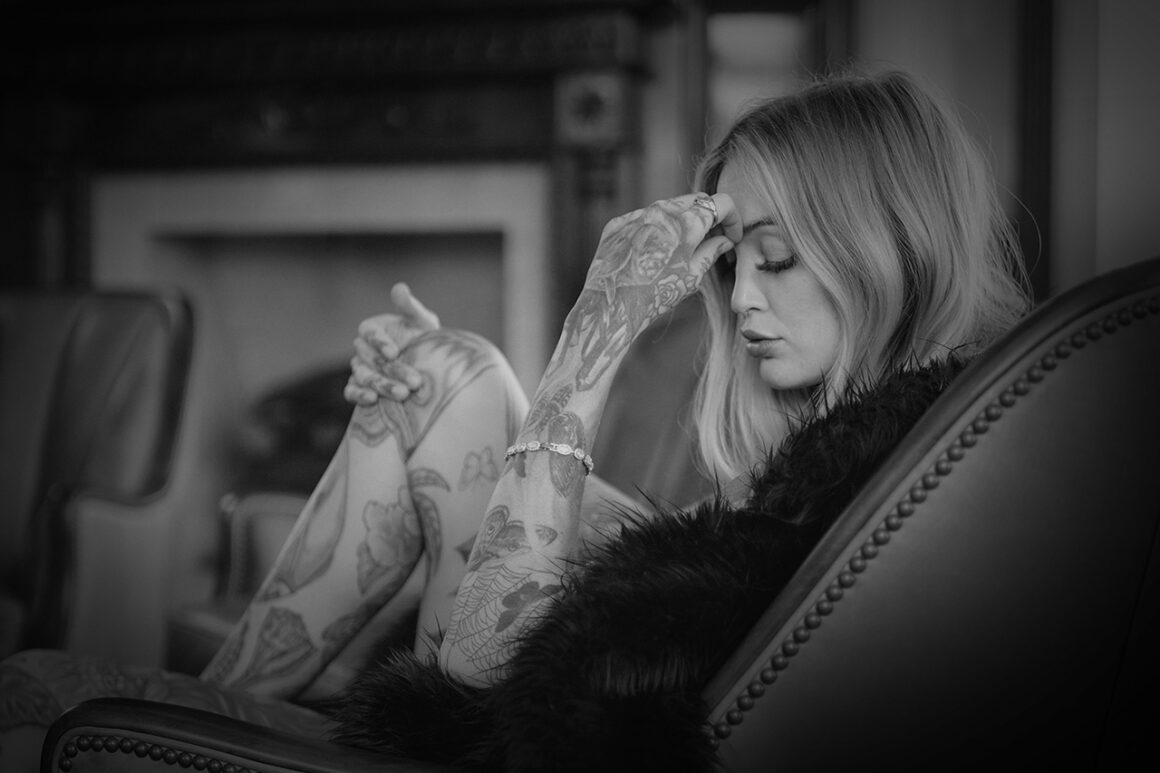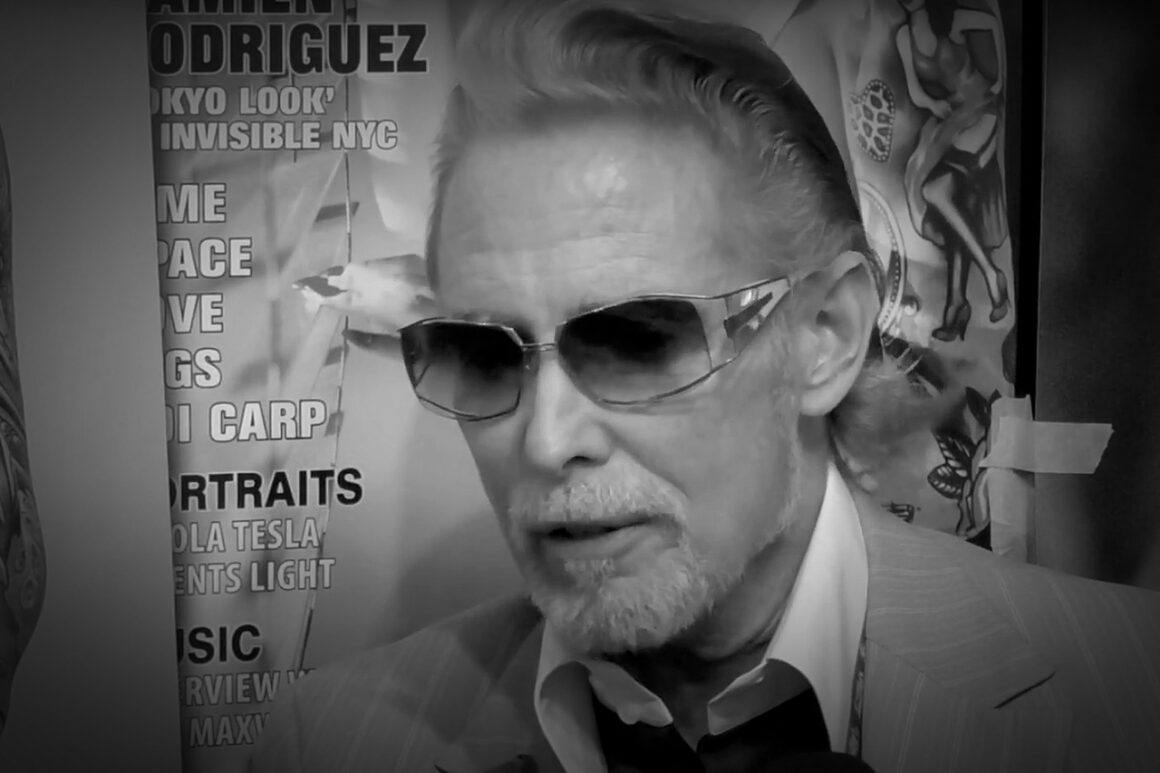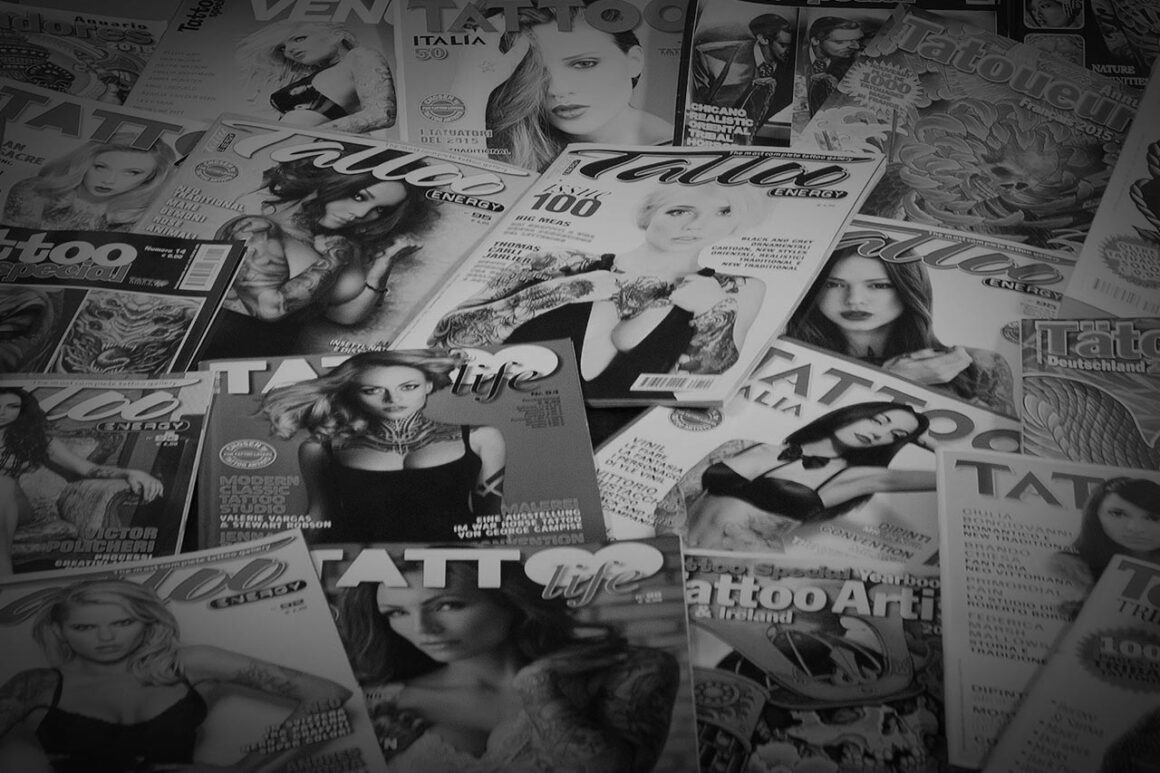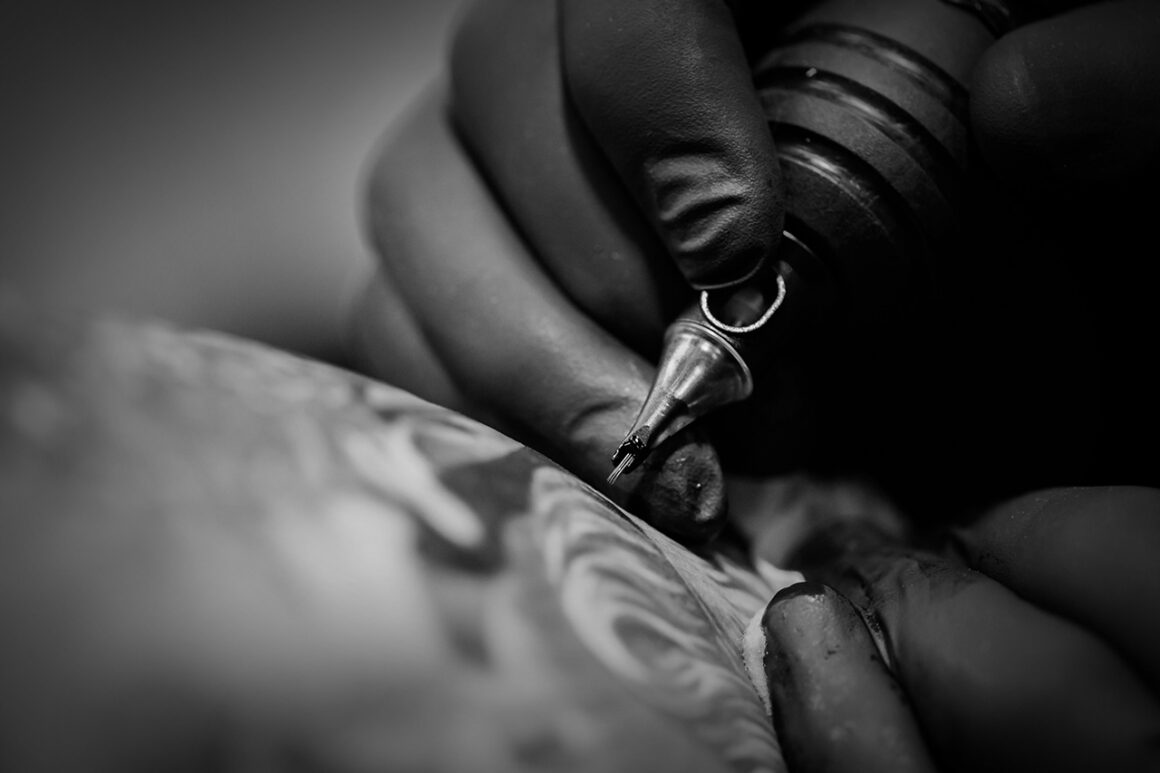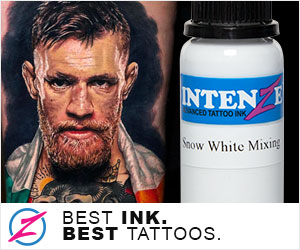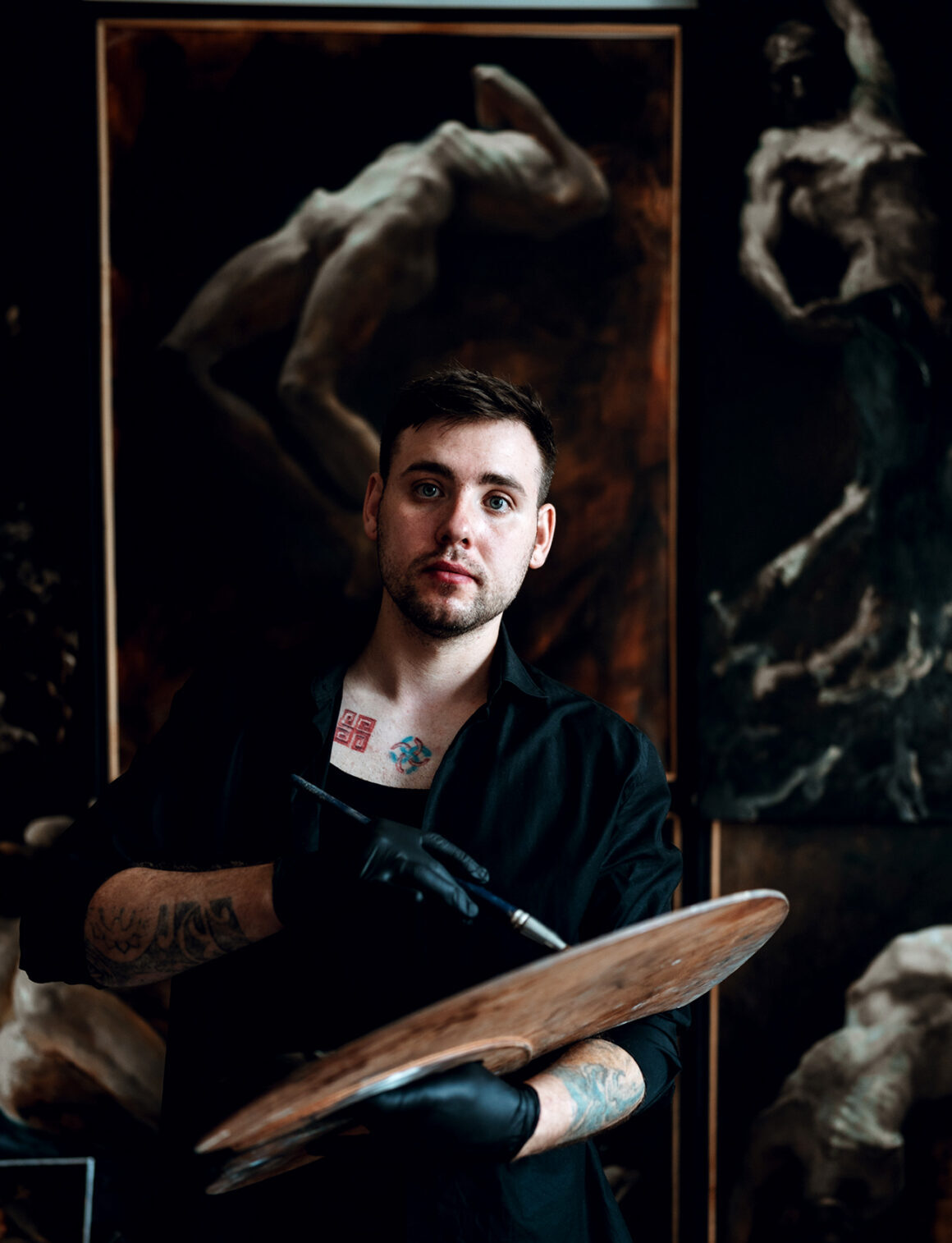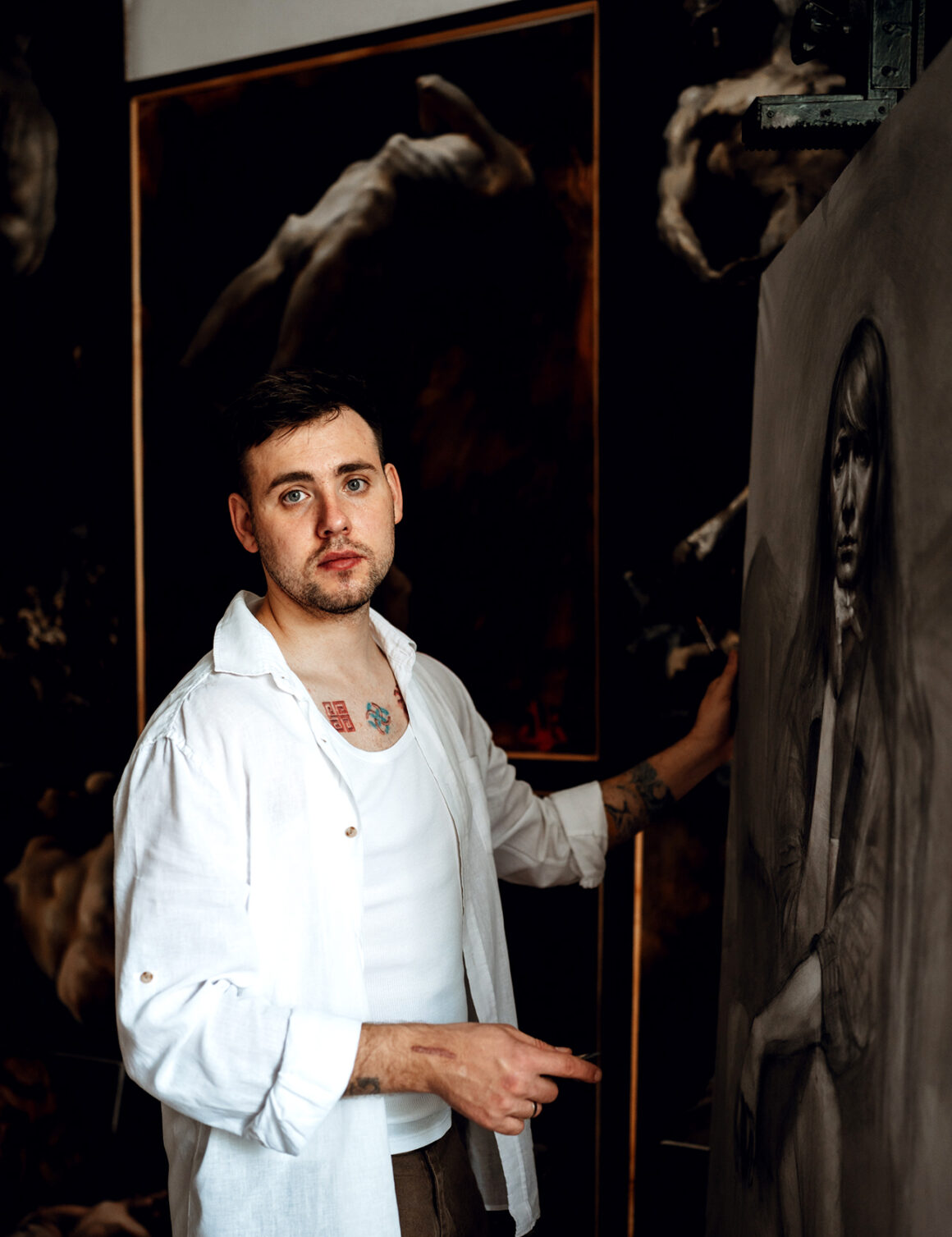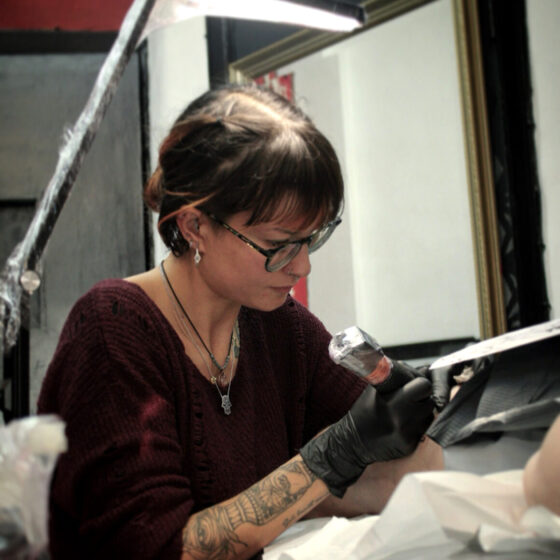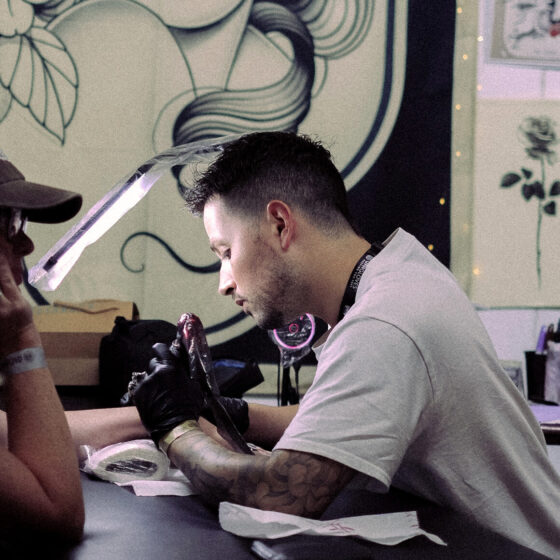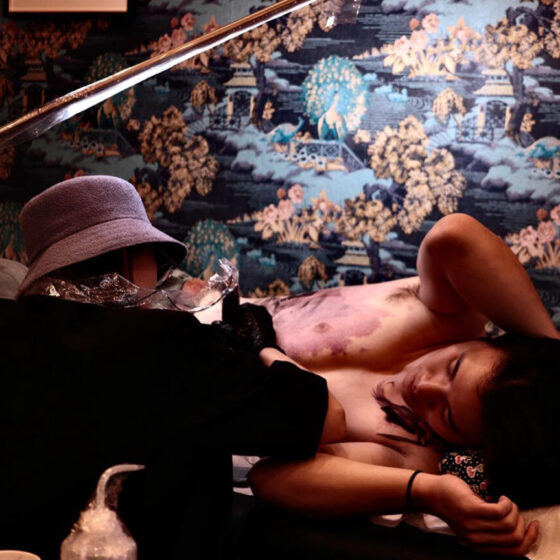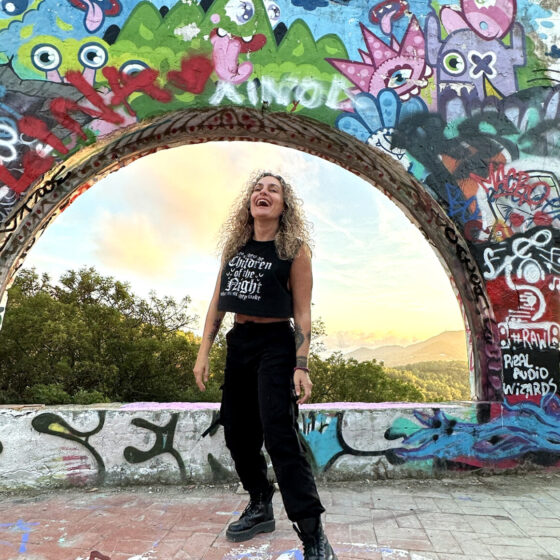One of the most admired tattoo artists at ‘Monna Lissa’ in Los Angeles tells us how he evolved the concept of “prison tattoos” and how tattooing skills always pay off.
Andrey, how did you start, how many years have you been tattooing and when did you feel the call of tattoo art?
I started tattooing spontaneously. Some guys from my village, where I was born, asked me to do a few tattoos for them. I couldn’t say no, so I went ahead and did it. They showed me everything they knew about the tattooing process. That was the first time I saw a homemade tattoo machine made from a guitar string and homemade ink made from soot and alcohol. I was 12 years old…
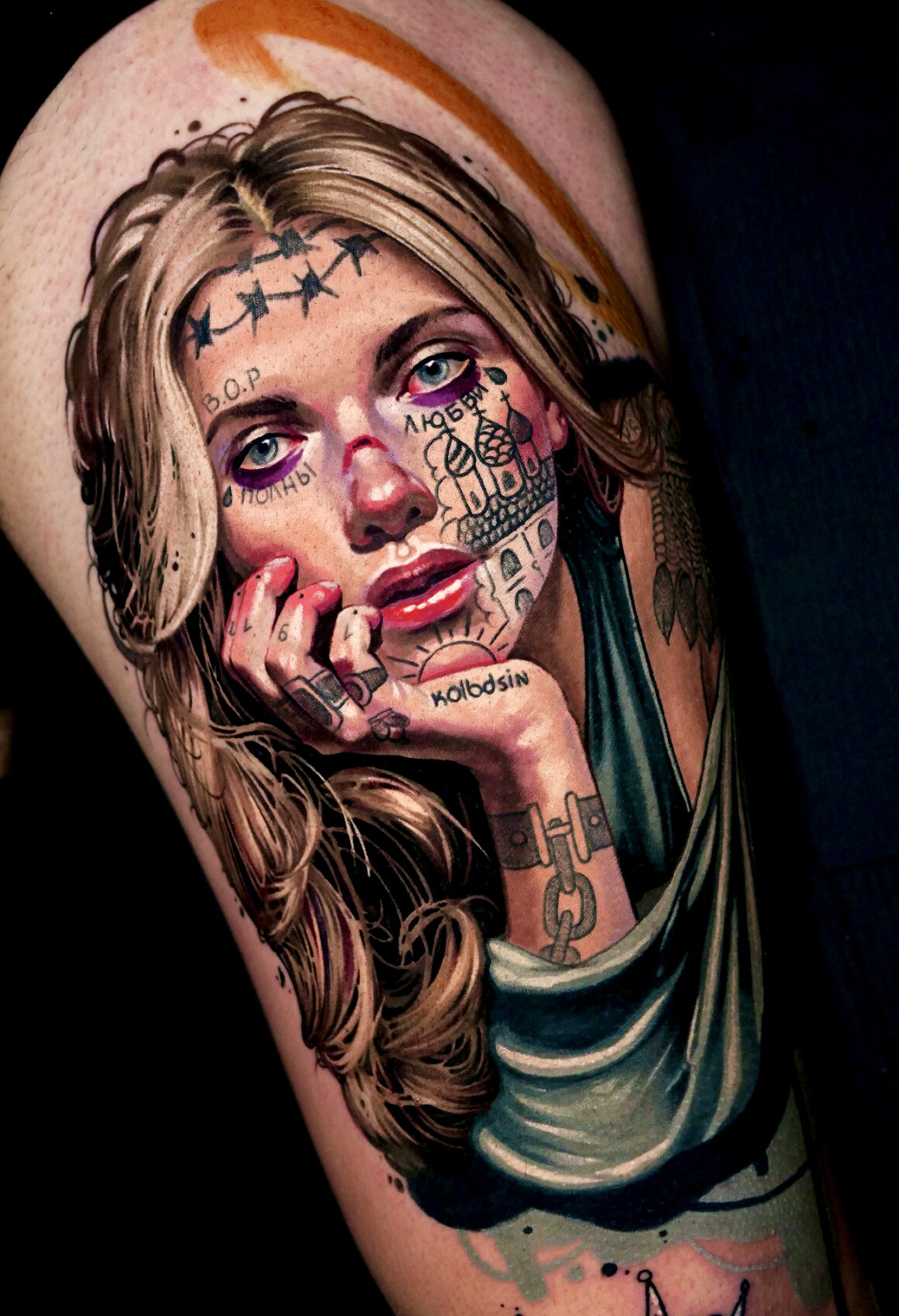
How much time has passed since then?
Twenty-two years have passed since then, and I have never once regretted starting this journey of tattooing and learning the craft. I tattooed almost every day, without fully understanding what I was doing or how a professional tattoo should look. I worked mostly on prison tattoos – finishing them, slightly correcting their shapes, and creating small black symbols that later turned into bluish hues. There was a certain charm in this style that now nostalgically reflects in my work.

Your style is really original and I would like to define it here as “tattooed faces tattoos”. Tattoos which in turn show subjects tattooed in explicit parts of the body such as the face and more. What do you think?
Facial tattoos may look aesthetically pleasing, but in reality, they can create challenges in communicating with society. Many people consciously limit themselves from working in certain companies, socializing with certain groups, or even traveling to specific countries.
However, I’ll say again that visually, they create a beautiful, though somewhat aggressive, image.
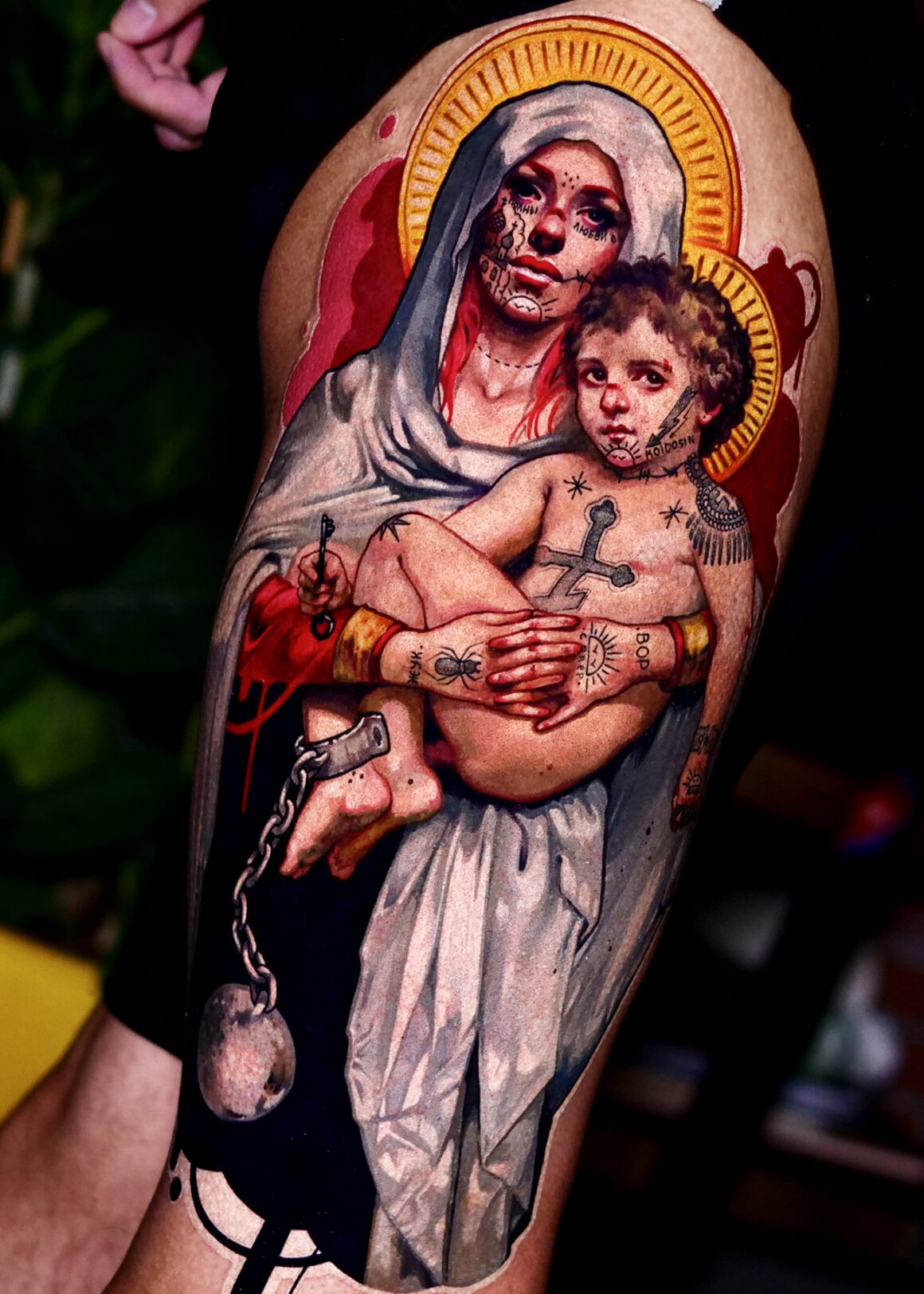
How did you get the idea for these “tattooed faces tattoos”? I imagine you were inspired by the tattoo culture that develops in places like prisons, as you told me before…
Prison tattoos are part of my past, where I started. I have never been to prison, nor have I ever had problems with the police or the law of any country. I am a law-abiding citizen! (smiles) For me, prison tattoos are no longer about their meaning but rather a form of romanticism. They represent the aesthetic beauty of historical events in Russia from one hundred years ago, during the revolution.

How did it all start?
The idea of face art didn’t come from me, but from my clients. One day, a client asked me to create an image of a rebellious girl with a Chupa Chups lollipop. At that time, everyone was doing something similar, so I suggested something new and interesting – a beautiful girl with a tattooed face. The thing is, I’m not very drawn to aggressive-looking women. I prefer calm and naturally beautiful female faces.
So, I came up with an idea: how to show a rebellious character while maintaining a peaceful expression?
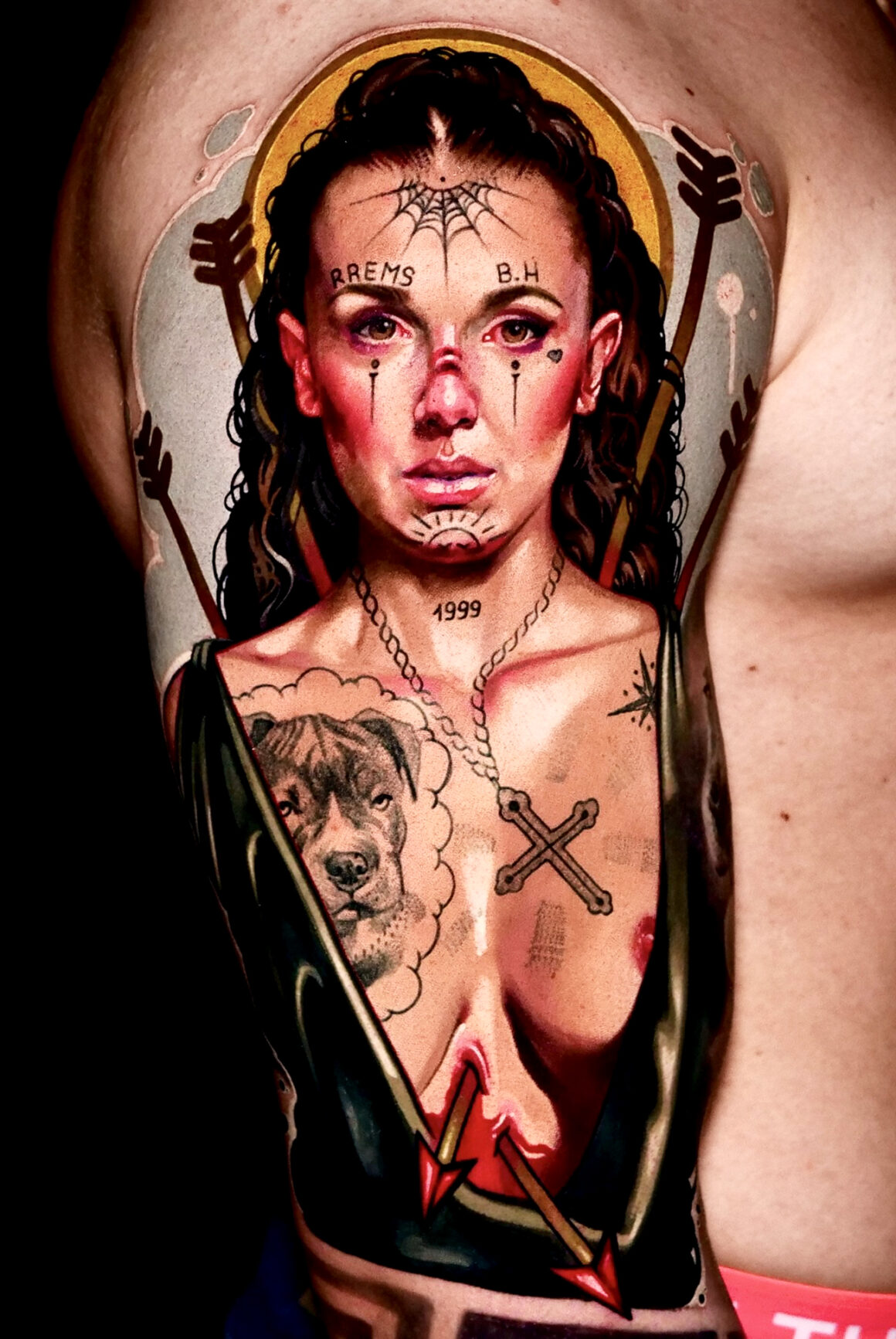
And the idea worked.
Yeah! That piece resonated with many people, and I received numerous requests for similar work. That’s how it all started in 2016. Slowly, it gained popularity and shaped my personal style and artistic signature. I actively study this culture and see it as a kind of code – a secret language used one hundred years ago to communicate events without words, similar to Egyptian hieroglyphs.

How important is originality in 2025 if we are talking about a profession like yours? Do you also have to be original or is it enough to be good and talented?
In 2025, I believe the crisis in the tattoo industry will continue until new standards of development emerge. Tattoo artists today need to define who they are and why they are working. If it’s about money, then the focus should be on media and social networks, which don’t require tattooing skills or artistic abilities. You can become a popular and highly-paid tattoo artist by creating something original for the masses while putting all your effort into marketing.
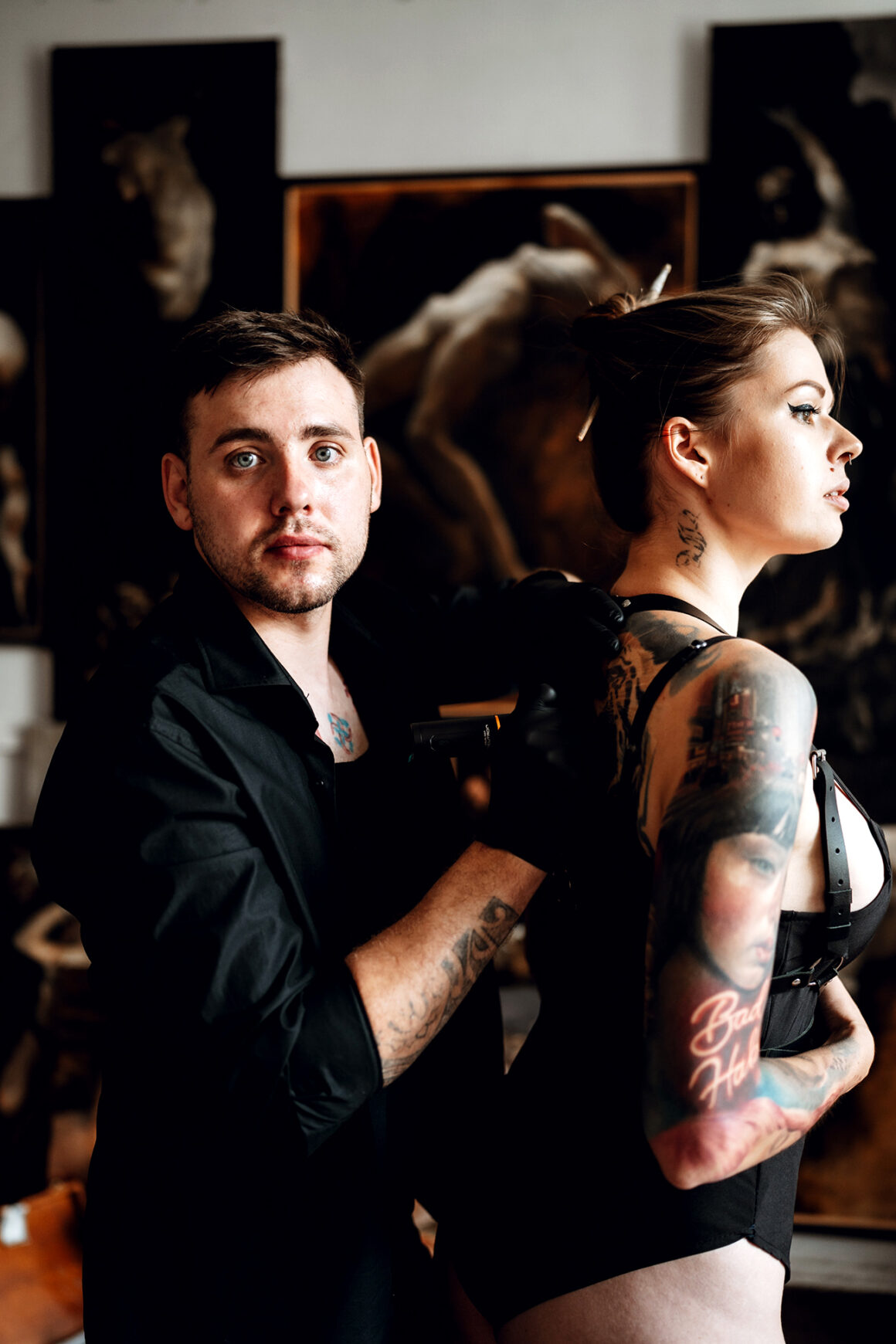
But we are only interested in art…
However, if we talk about real tattooing, then it’s essential to focus on quality and technical precision, as well as having a solid foundation in drawing. For a professional tattoo artist to earn a decent income without becoming a social media performer, they must develop a unique style -something original yet still fitting within a recognizable genre like Realism or Traditional tattooing.
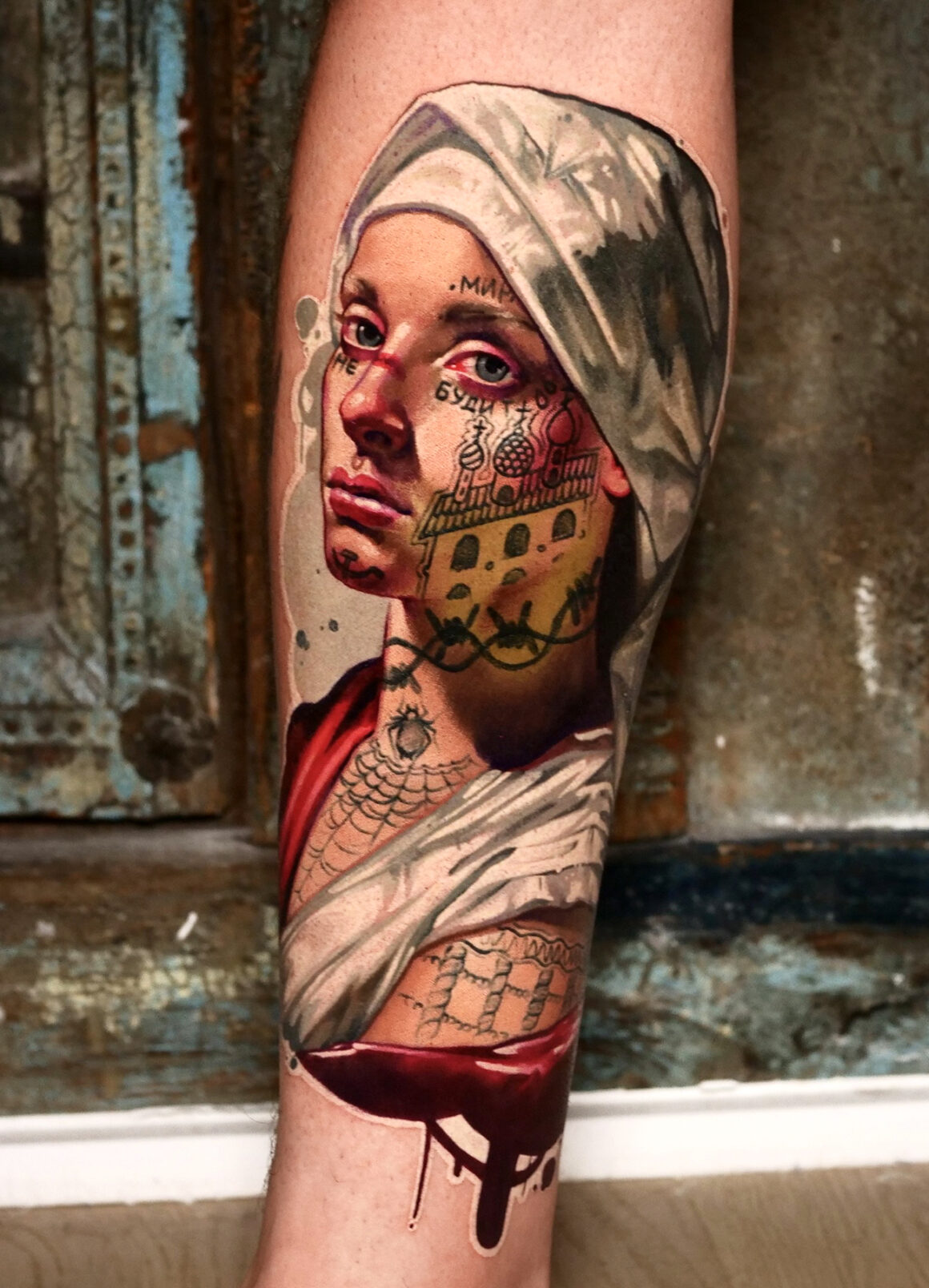
With this approach, every artist can gain recognition within their own niche and among their own audience. However, this won’t be mass-market popularity, and it’s important to understand that. But in return, this allows for higher rates and a more sustainable career.
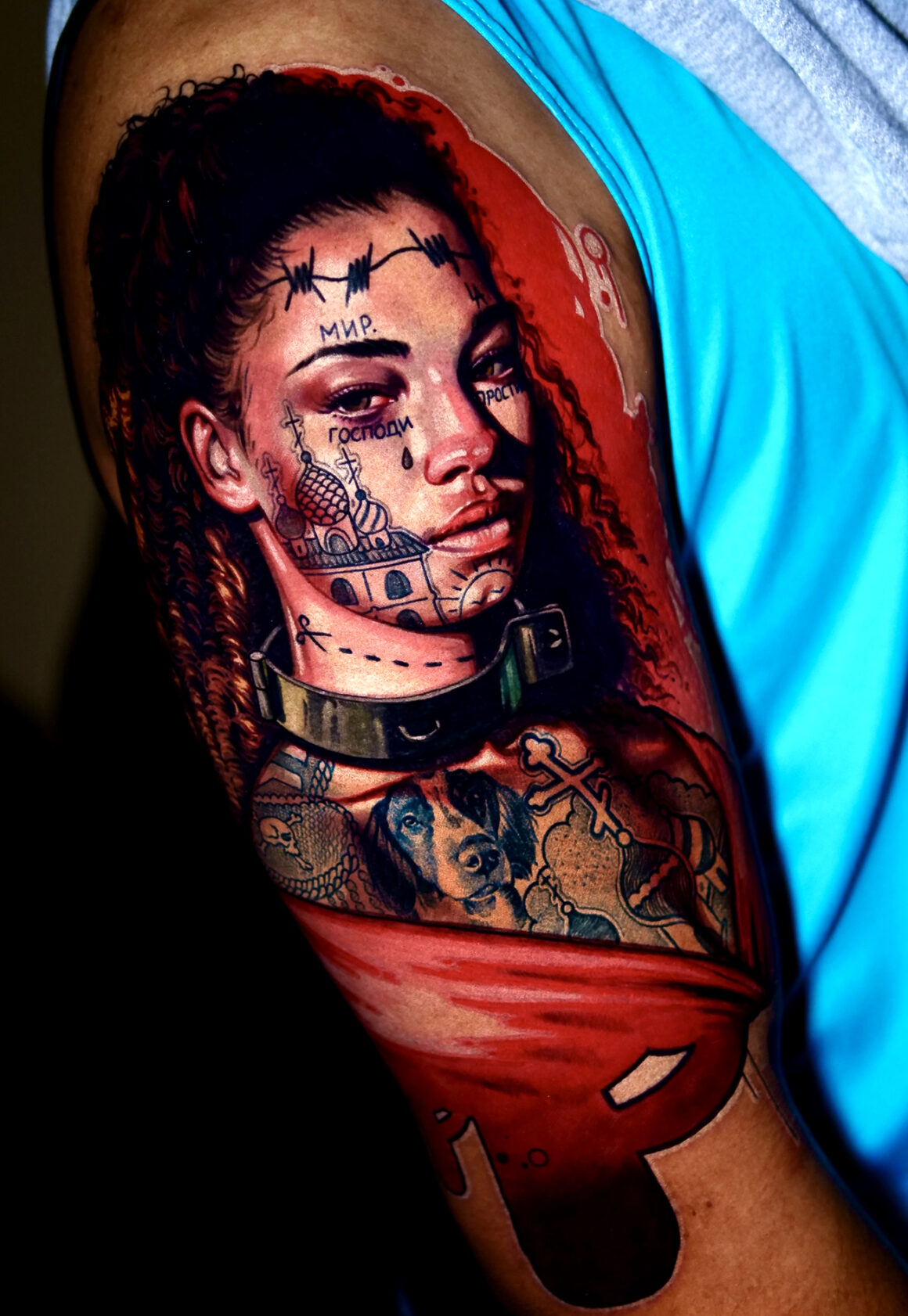
You can have a time machine and travel to any era and ask a question to a historical figure in the field of tattoo art or an artist in general. Who would you visit and what would you ask them?
Oh God, I would definitely love to have a conversation with Caravaggio. I’d drink a whole crate of rum with him and cause some mischief at a bar. Then we’d head to a local brothel to find a model for a painting, and together with the girls, we’d go to our wonderful studio to create art.
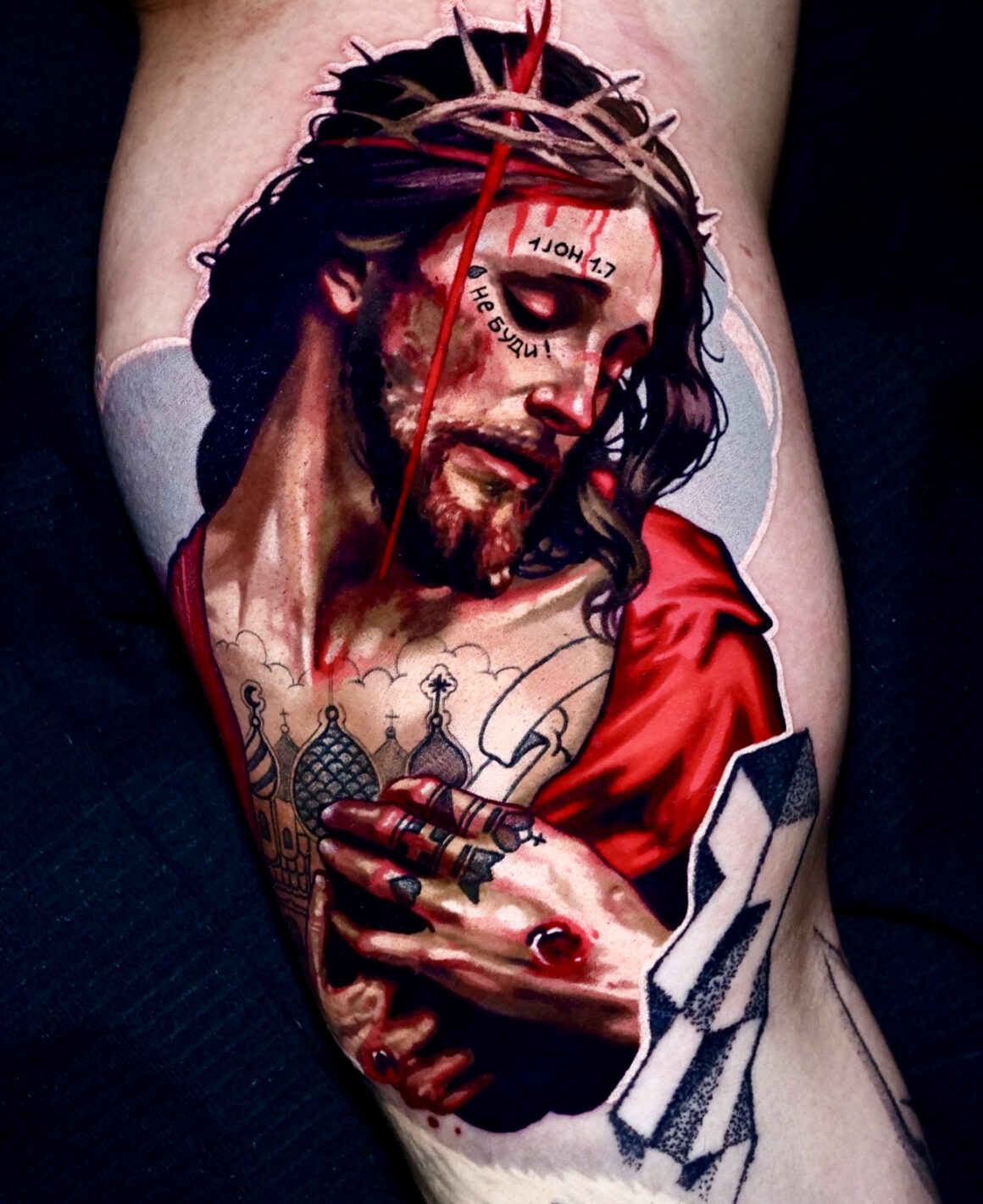
That’s how I’d spend a day with the great master. By the end of the night, I’d ask him: “Would you like to visit the future for a day?”.
I’d show him what he could have done if he had become a tattoo artist. I’m sure Caravaggio would have been a rock star!
Are you planning any trips to Europe or other places or will the next few months find you mainly working at the ‘Monna Lissa’ in Los Angeles?
For now, traveling across the U.S. is enough for me. I do miss Europe, but I’ll be staying in Los Angeles for now. ‘Monna Lissa’ (IG: @monna.lissa_) is clearly one of the best studios in the world, and I will stay there until I’m ready to open my own tattoo and art school.
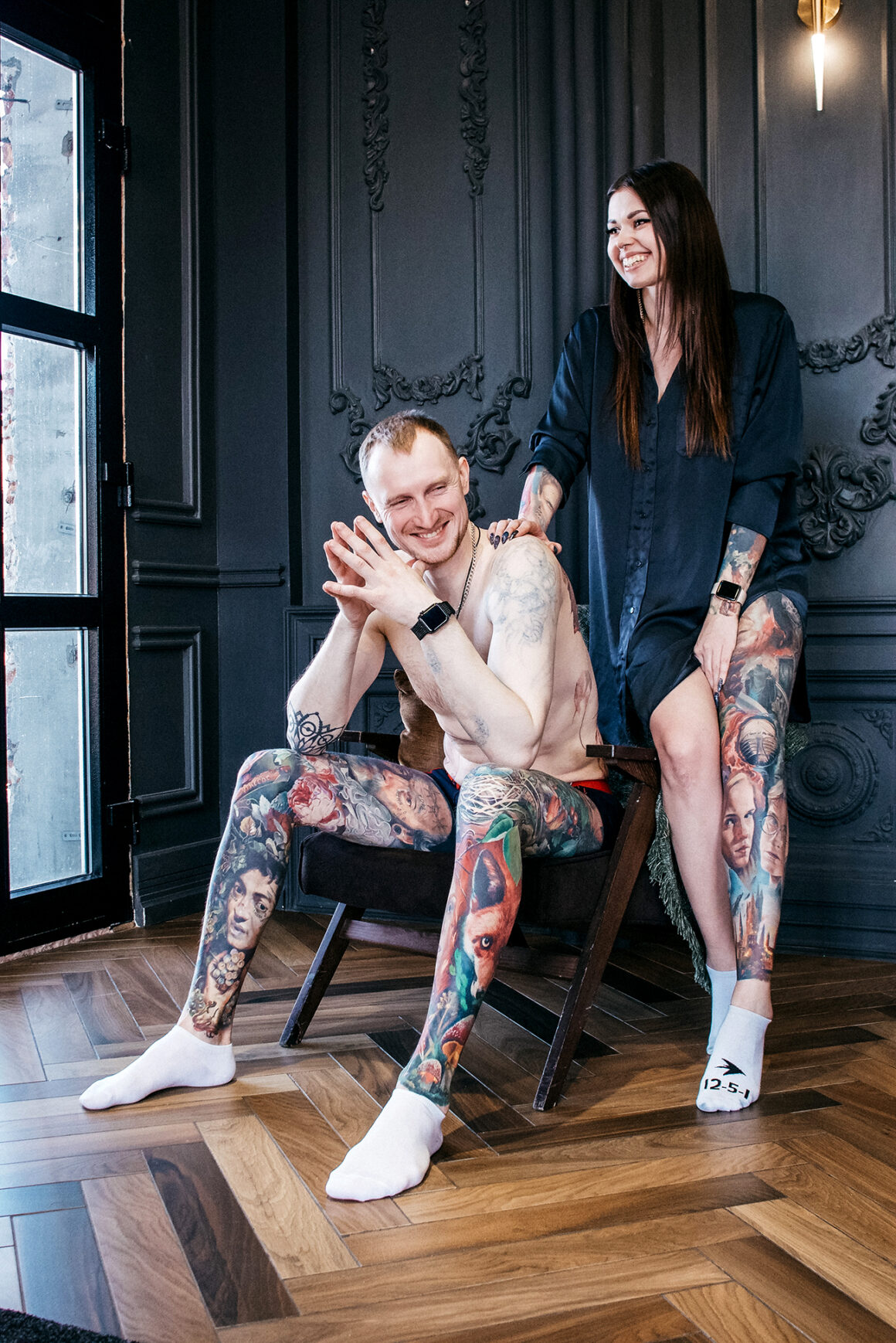
And your last famous words are… ?
The one thing I keep repeating over and over: Draw every day and love what you do! Never let money control your art!
